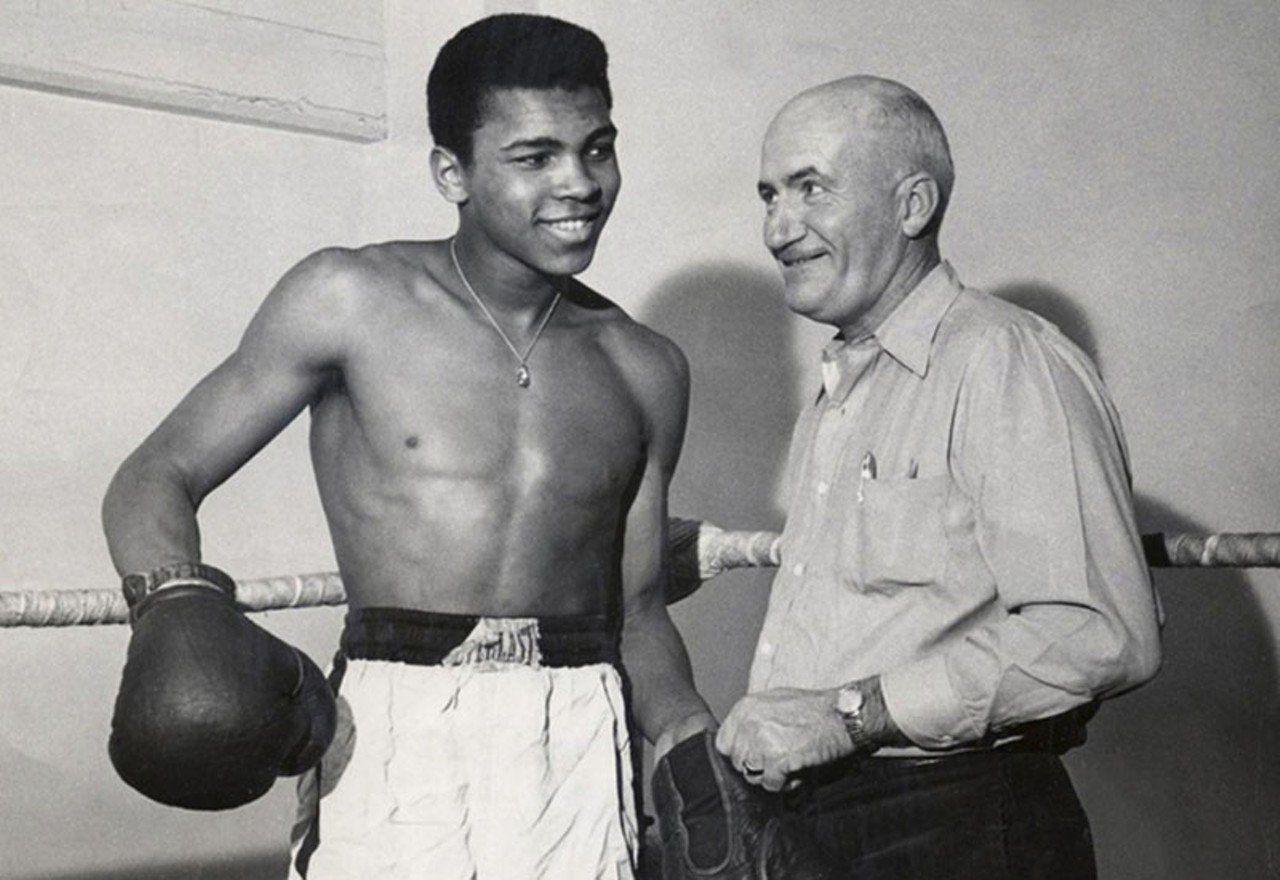Creative Schools: The Alternative School Movement

The challenge is not to fix the education system but to change it, not to reform it but to transform it
Creative Schools: Revolutionizing Education from the Ground Up by Sir Ken Robinson and Lou Aronica is essentially a toolkit for every person who is interested in changing education.
In it, the authors equip readers with an understanding of the current state of education, the optimal state that education should be at, and suggestions on how to move from one state to the other.
This toolkit includes heaps of inspiration served up in minute bites, with a few success stories per chapter arguing that change is possible at any level of education, if we want it badly enough.
The end of each chapter drives home the point that every single person can be part of the movement of transformative education.
No, seriously. All we need to do is get creative about schools, and education in general. We may not be one of those people who can walk into schools and start car-building workshops like Steve Rees, or build miniature towns like Richard Gerver or improve the system by introducing democracy into the classroom like Jerry Mintz.
None of these movements came about immediately. All of them had starting points: basic problems which certain individuals wanted to solve, which were actually common across the board.
For you, if you are interested in education but are not in any position of direct influence, these can be your starting points:
1. Be curious
Throughout the book, the authors point toward one commonly occurring issue in education: the near-death of curiosity. In nearly all of the examples, students start out as disengaged.
Educators who successfully ignited the students’ curiosity solved the problem of disengagement, which had been the real cause of poor learning and chronic absenteeism.
2. Community
Robinson argues that change has to come from within, from the very people who live and work in the vicinity of schools. He points out that communities can really affect schools, “Communities must build their schools and neighbourhoods together.
Only by establishing true community learning places can cities restore to high schools a sense of place, and give students a sense that they have an important contribution to make in their communities.”
In his success stories, people from different segments of the hierarchy are not afraid to get involved or to make a move to involve others in education. Principals describe changing the subcultures of the school to fit the interests of the students.
Parents describe partnering with the school in running workshops or in changing it for the better. Outsiders mentor the students by having lunch with them and bringing them to their workplace for a day.
3. Culture
Everyone who has been through the education system will definitely remember one thing: exams are important.
Robinson quotes fifth-grade teacher Rhonda Matthews, “State tests stop all the thinking, discussing and community building. Once we get into test prep, there’s no real conversation.”
He goes on to say that, while exams as a means of standardisation can be a good thing, the problem with it being used in education is that people are not standard, and so not all areas of education can be standardised. Even so, standardised testing has become an obsession in itself.
We are facing the same issue in Malaysia.
We need to change the culture of exams. Although it is difficult to change the way students are evaluated or the way subjects are taught, we can still try to re-orient the way our youths think and encourage them to break out of the rote-learning model that our system currently adopts.
With so many avenues for self-directed learning available, students can and are looking elsewhere to develop their minds.
Your move
Education is the responsibility of everyone, because it is something each of us has an opportunity to make an impact in, however small.
Robinson ends with a call to action for change and for collaboration for the good of education. He writes that the world is changing, and we must change with it, particularly in the way we teach our children.
And in order to teach well, we have to make our schools creative, to keep planning and dreaming.
Jasmine had an existential crisis at age 16, when she found that she couldn’t answer the question of why she was studying. She just knew that learning wasn’t supposed to be an unhappy process and was quite sure that she wanted to change education. Today, she regards learning as a lifelong goal and studying is one way to get there. She welcomes all opinions and discussions about education, email her at editor@leaderonomics.com. For more Learning From Books articles, click here.
Leadership






